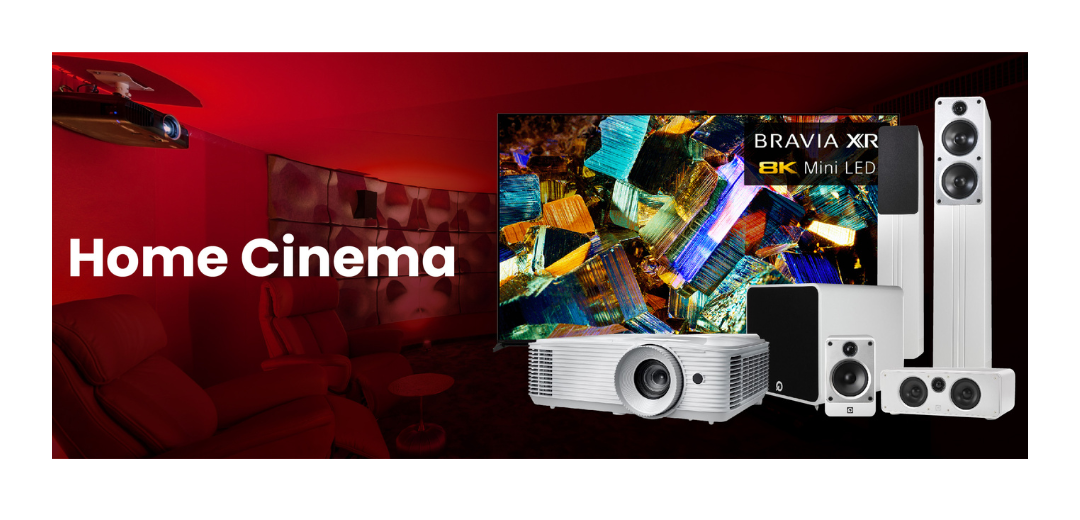In recent years, advancements in audio and visual technologies have revolutionized home entertainment, allowing individuals to replicate the cinematic experience within their homes. With movie theatres facing closures or limited operations, the significance of constructing a personal home cinema has become more apparent.
Choosing a Projector
A crucial element of a home cinema, the projector transforms the viewing experience with its large-scale visuals. Consider these factors while selecting one:
- Entry-level Full HD models offer a starting point, typically priced around £500.
- Sports enthusiasts should prioritize projectors with a brightness of at least 2,000 ANSI Lumens for vivid images even during daytime viewing.
- Ensure the projector is purpose-built for home cinema, equipped with HDMI inputs and suitable brightness for your specific viewing environment.
- Look for projectors with zoom and lens shift features for optimal visual alignment and clarity.
Choosing a TV
The right TV choice is pivotal in your home cinema setup:
- Decide between Ultra HD 4K TV or Full HD options, considering panel technologies like LED or OLED based on your viewing preferences.
- Aim for a 200Hz panel for smoother motion and a more immersive viewing experience.
- Access to streaming apps such as Netflix, Amazon Instant, and BBC iPlayer enriches your content choices for movie nights.
Choosing Additional Components
Additional components that complement your home cinema setup:
- A dedicated projector screen significantly elevates image quality compared to projecting onto a wall.
- Explore streaming devices like Apple TV, Chromecast, or Roku for diverse content sources.
- Consider an AV receiver for intricate setups or all-in-one home cinema systems for convenience.
Choosing and Placing Speakers
Optimizing sound quality through strategic speaker placement:
- Surround sound configurations (5.1, 7.1, or 9.1) with satellite speakers and a subwoofer are crucial for an immersive audio experience.
- Position the centre speaker beneath or near the TV/projector screen for clear dialogue delivery.
- Strategically place speakers and subwoofers according to room layout and acoustic considerations.
Connecting Everything Together
Seamless connectivity with the right cables and connections:
- HDMI cables are essential for transmitting digital signals between AV devices for both audio and video.
- Ensure compatibility with HDMI 2.0 or newer standards to support high-resolution 4K content.
Finishing Touches
Enhance your home cinema experience with final touches:
- Explore home automation options for added convenience.
- Universal remote controls simplify device management, while smart bulbs adjust lighting effortlessly.
FAQs
- How much should I budget for a decent home cinema system?
Building a basic home cinema in UK can start from around £1000, but costs can vary based on component quality and personal preferences.
- Can I use a soundbar instead of a full surround sound system?
While a soundbar can provide improved audio over TV speakers, a full surround sound system offers a more immersive experience in a dedicated home cinema setup.
- What factors should I consider for projector screen size?
Projector screen size depends on room dimensions and viewing distance. Ensure the screen size complements the viewing area without compromising image quality.
Conclusion
Creating the perfect home cinema system involves careful consideration of audiovisual components, ensuring they complement each other for an immersive experience. By selecting the right projector or TV, strategic speaker placement, and seamless connectivity, you can transform your living space into an entertainment haven.

